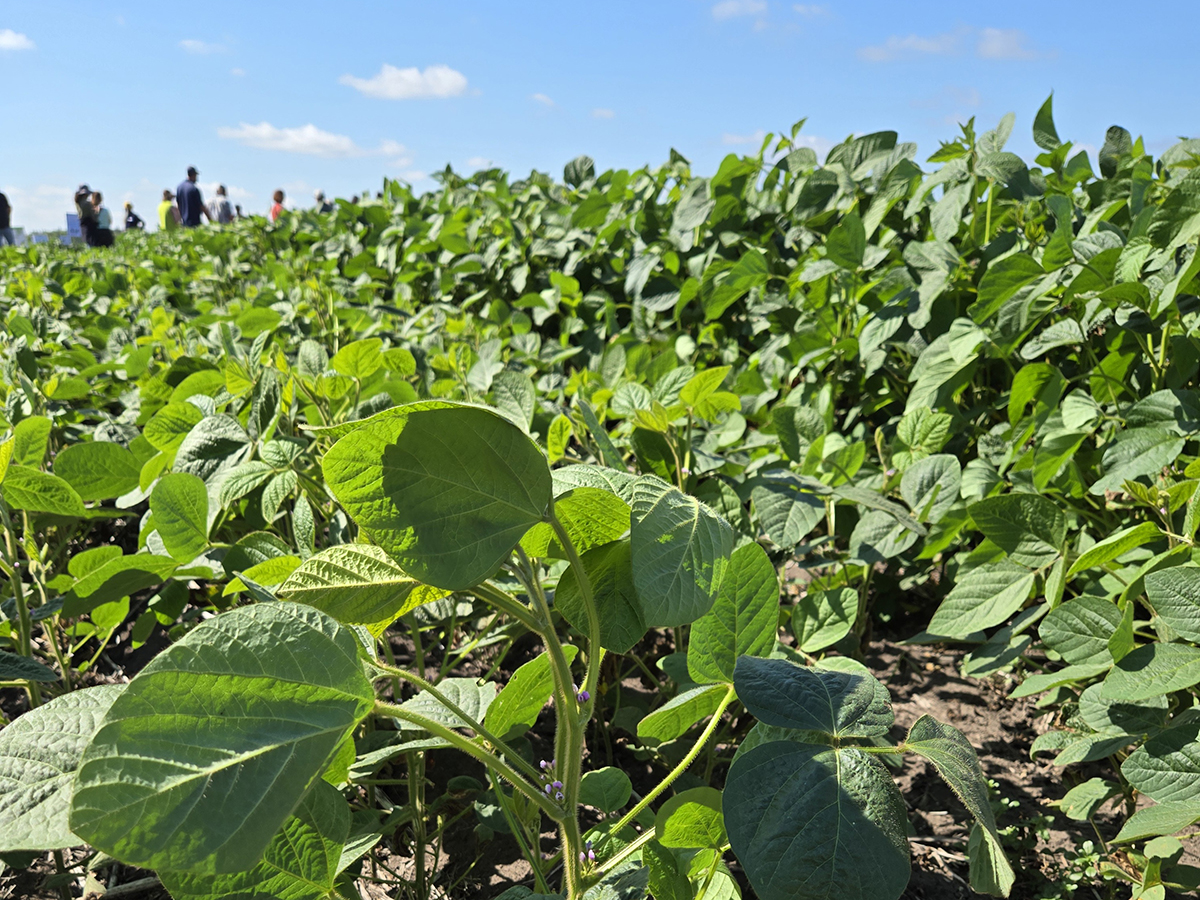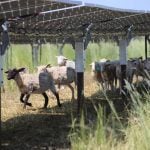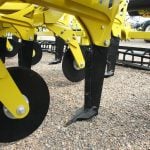What’s your biggest business challenge? What if someone offered you $100,000 to solve it?
That’s exactly what happened to Angela and Justin Quinton of Down to Earth Labs, who beat out more than 900 other entrepreneurs last year in a contest organized by Telus and the Globe and Mail.
“It was a total godsend,” Angela says. “When I got the call saying we’d won, I was sitting and looking at a big pile of bills and wondering, ‘what are we going to do?’ ”
The Quintons’ story is really a mini case study that shows good decision-making depends on truly understanding your situation.
Read Also

Spider mites big soybean problem this season
Spider mite issues have been geographically limited but significant where they occur, said John Gavloski, an entomologist with Manitoba Agriculture.
Justin, who grew up on a farm in southern Alberta, is a former process manufacturing auditor who travelled the world helping manufacturers become more efficient.
He was laid off in April 2009, leaving the parents of three dependent on Angela’s part-time technician job at a Lethbridge soil and feed testing lab.
That’s when the owner of the lab, which had a good customer base but outdated equipment and procedures, offered to sell it to them.
Intrigued, the couple worked alongside the owner that summer and, after spending the winter on their business plan, took the plunge in January 2010.
“We put in every last dime we had and borrowed more on top of that,” says Angela. “But we thought, ‘they’ve made it work. Think how much better it could be if we fixed those inefficiencies.’ ”
Despite their research, the Quintons kept digging. On the advice of a chemist friend, they did a wall-to-wall cleaning to get rid of old, potentially unstable chemicals and useless equipment. And they constantly talked with staff (five permanent and 10 seasonal) to better understand the lab’s processes.
The plan was shaping up nicely: get through the busy spring season before deciding what equipment and processes to replace first.
Then came the wettest spring in 40 years. The number of soil samples, which is the heart of the business, plunged. What’s more, some plant-tissue samples were yielding wonky results, and customers suspected the new owners didn’t know their stuff.
Fortunately, their lender offered the services of a business consultant. He not only had a solution for the testing issue (have other labs re-test the samples, which confirmed the original results and the lab’s reputation) but also urged the couple to take their business analysis to the next level.
“He had us map out the whole process from the moment a customer walks in the door to when the results leave the building,” says Angela.
It was time-consuming. Every step in every type of test done at the lab was given a small box followed by an arrow pointing to the next step.
“When we finished we had a roll of paper 12 feet long,” says Angela.
“It was amazing. It was also our big ah-ha moment. All of a sudden, we could see exactly where errors could happen and where the most serious inefficiencies were. It really opened our eyes.”
The Quintons had studied the lab eight ways to Sunday for an entire year. They knew virtually everything on that 12-foot-long scroll.
The difference, says Angela, was that bits and pieces suddenly became a complete picture, something they could see in their mind’s eye.
What was killing them was not having the money to implement a full fix. An unusually cold winter meant no big chinooks and a drop in off-season soil samples.
A second drenched spring saw revenues fall further. They were hanging on by their financial fingernails when Angela entered the contest, which required a 600-word essay, with just 200 words for describing the challenge and another 200 on fixing it. That wasn’t a problem for Angela.
Nor was spending the money they won. The couple bought a $13,000 muffle oven (no more chemical testing for organic matter), a $20,000 fibre digester (allowing 144 feed samples to be tested daily instead of 10), and reconfigured their grinding and information-tracking systems.
With many commodities at record highs, finding cash, even six-figure sums, isn’t a big deal on many farms. But every farm, like every business, has at least one major challenge.
If money hadn’t been tight, Angela says they would have likely rushed their revamp because the pressure of the day-to-day makes you want to do it now.
“But it’s hard to make good decisions when you’re in that mode,” she says.
Imagine you knew your situation so well that you could describe your biggest challenge in 200 words.
Wouldn’t the 200-word solution write itself?














